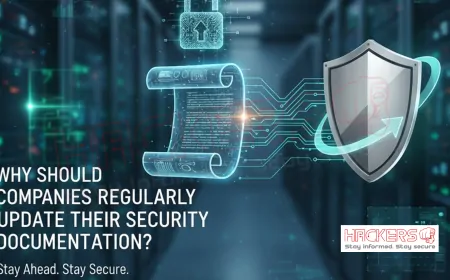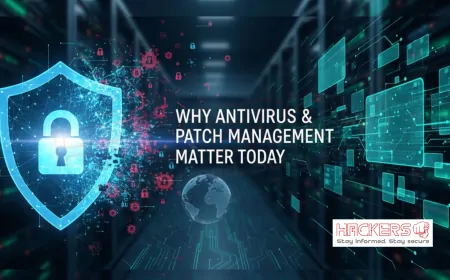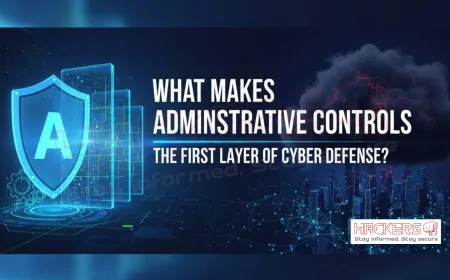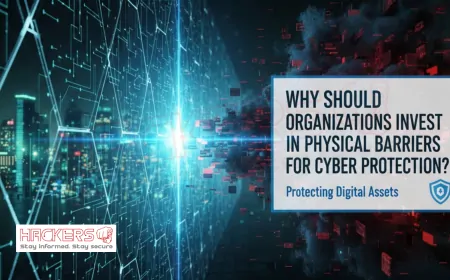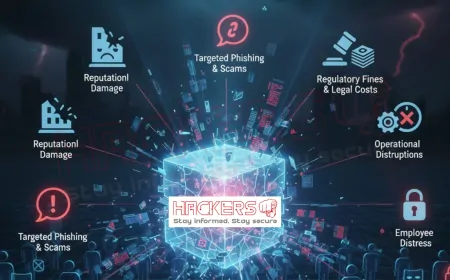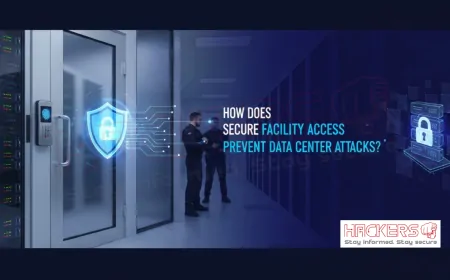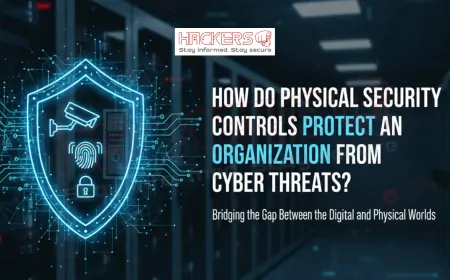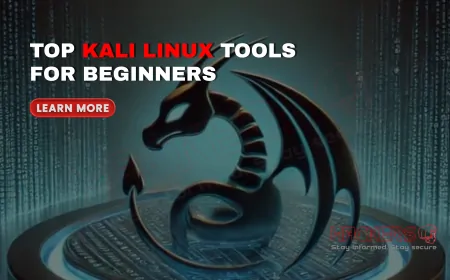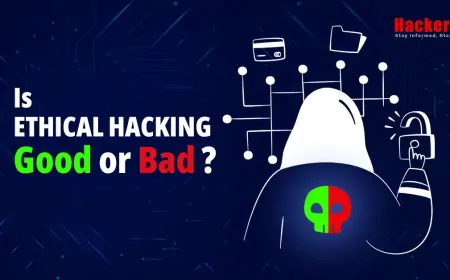Why Should Companies Regularly Update Their Security Documentation?
Imagine a company hit by a data breach, scrambling to respond because their security procedures are outdated and incomplete. Teams waste precious time figuring out steps, while hackers exploit the confusion. In 2025, with the average cost of a data breach at $4.44 million, such scenarios are all too real. Yet, many businesses overlook a simple yet powerful tool to prevent this chaos: regularly updating their security documentation. This includes policies, procedures, and guidelines that outline how to handle security matters. Think of it as the blueprint for your digital fortress. If it's out of date, cracks appear, inviting threats. As cyber risks evolve rapidly, keeping documentation current ensures everyone knows their role, compliance is maintained, and responses are swift. This blog post explores why this practice is essential, using straightforward explanations for beginners. We'll look at risks, benefits, and practical tips, showing how a small investment in updates can save big in the long run.

Table of Contents
- What Is Security Documentation?
- The Risks of Outdated Security Documentation
- Benefits of Regular Updates
- How to Update Security Documentation Effectively
- Real-World Examples and Case Studies
- Challenges in Maintaining Updated Documentation
- Best Practices for Businesses
- Future Trends in Security Documentation
- Conclusion
- FAQs
What Is Security Documentation?
Security documentation refers to the written materials that outline an organization's approach to protecting its digital assets. This includes policies on data handling, procedures for incident response, and guidelines for employee conduct. For beginners, think of it as the rulebook for keeping information safe in a company.
Why does it exist? In a world where data breaches happen daily, documentation provides a clear framework. It tells employees what to do in various situations, from spotting a phishing email to reporting a potential threat. Without it, confusion reigns, and mistakes happen.
In 2025, security documentation has evolved. It now incorporates elements like AI-driven threats and remote work policies. Companies use it to comply with laws and standards, such as GDPR or ISO 27001, which require documented processes.
Key parts include risk assessments, which identify potential dangers, and audit logs, which track activities for review. It's not just paperwork: it's a living guide that adapts to new risks.
Regular updates keep it relevant. As technology changes, so do threats, making outdated docs a liability. Understanding this foundation shows why maintenance is key.
The Risks of Outdated Security Documentation
Outdated security documentation poses serious risks. First, it leads to non-compliance with regulations. Laws change, and old docs might not meet new requirements, resulting in fines up to millions.
Second, it creates confusion during incidents. If procedures are old, teams might follow wrong steps, delaying response and increasing damage. With breaches costing $4.44 million on average, this is costly.
Third, it exposes vulnerabilities. New threats like AI exploits require updated defenses. Old docs miss these, leaving gaps hackers exploit.
Fourth, it erodes employee trust. Staff need clear guidance to feel secure. Outdated info leads to errors, blame, and low morale.
Finally, it hinders audits. Regulators expect current documentation. Failures lead to penalties and lost business. In 2025, with rising threats, these risks make updates essential.
Benefits of Regular Updates
Regular updates to security documentation bring many benefits. They ensure compliance, avoiding fines by aligning with current laws.
They improve response times. Updated procedures mean teams act quickly, minimizing breach impacts.
They address new threats. As cyber risks evolve, updates incorporate defenses against AI or cloud vulnerabilities.
They enhance training. Fresh docs provide relevant materials, helping employees stay informed and vigilant.
They foster a security culture. Regular reviews show commitment, encouraging staff to prioritize safety.
They support audits. Current docs make inspections smoother, building trust with stakeholders. In 2025, these benefits make updates a smart investment.
How to Update Security Documentation Effectively
Updating effectively starts with scheduling reviews, perhaps quarterly or after incidents.
Assess changes: new laws, technologies, or threats. Update content to reflect these, using clear language.
Test updates: simulate scenarios to ensure procedures work. Train staff on changes to avoid confusion.
Use tools like version control to track edits, ensuring accountability. For beginners, this is like editing a document with track changes.
Document the process: note why updates occurred for future reference. This cycle keeps docs relevant and useful.
Real-World Examples and Case Studies
Real examples show the value. A company faced a breach due to outdated incident response plans, costing millions in recovery.
Another firm regularly updated docs, passing audits easily and avoiding fines. This built client trust, winning contracts.
A small business ignored updates, suffering a phishing attack from unclear guidelines. Post-update, incidents decreased, saving resources.
These cases illustrate how updates turn potential disasters into managed events.
Challenges in Maintaining Updated Documentation
Maintaining updates has challenges. Time constraints: busy teams delay reviews. Solution: schedule fixed times.
Resource limits: small firms lack expertise. Hire consultants or use templates.
Resistance to change: staff prefer familiar ways. Involve them in updates for buy-in.
Keeping pace with threats: rapid changes overwhelm. Subscribe to alerts for timely info.
Documentation overload: too much info confuses. Keep concise and organized.
Best Practices for Businesses
Best practices include establishing a review schedule, involving stakeholders.
- Use clear, simple language.
- Incorporate feedback from audits.
- Train on updates regularly.
- Automate where possible, like reminders.
- Track versions for accountability.
These ensure effective maintenance.
Future Trends in Security Documentation
In 2025, trends include AI for automated updates, scanning threats and suggesting changes.
Cloud-based docs for easy collaboration. Integration with tools for real-time monitoring.
Focus on quantum threats, updating for new risks. Emphasis on user-friendly formats, like interactive guides.
| Risk of Outdated Docs | Benefit of Updates |
|---|---|
| Non-compliance fines | Meets legal standards |
| Delayed responses | Quick incident handling |
| Exposed vulnerabilities | Addresses new threats |
| Employee confusion | Clear guidance |
Conclusion
In conclusion, companies should regularly update security documentation to avoid risks like breaches and fines, while gaining benefits such as compliance and efficiency. By understanding components, overcoming challenges, and following best practices, businesses can maintain effective docs. As trends evolve, staying current ensures resilience against threats.
What is security documentation?
Written materials outlining security policies and procedures.
Why update regularly?
To address new threats and comply with laws.
What risks from outdated docs?
Breaches, fines, confusion.
What benefits?
Compliance, quick responses, security culture.
How often update?
Quarterly or after changes.
Who should be involved?
IT, legal, management.
What if no updates?
Increased vulnerability to attacks.
How test updates?
Simulate incidents.
What tools help?
Version control software.
Challenges?
Time, resources, resistance.
How overcome time issues?
Schedule fixed reviews.
Case studies show?
Reduced damage from updates.
Best practice for language?
Clear and simple.
Future trends?
AI automation, cloud integration.
Stats on breaches?
Average $4.44 million cost.
For small businesses?
Essential, start basic.
What is risk assessment?
Identifying potential dangers.
Audit role?
Ensures compliance.
Employee training?
On updated docs.
Why living document?
Adapts to changes.
What's Your Reaction?







